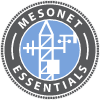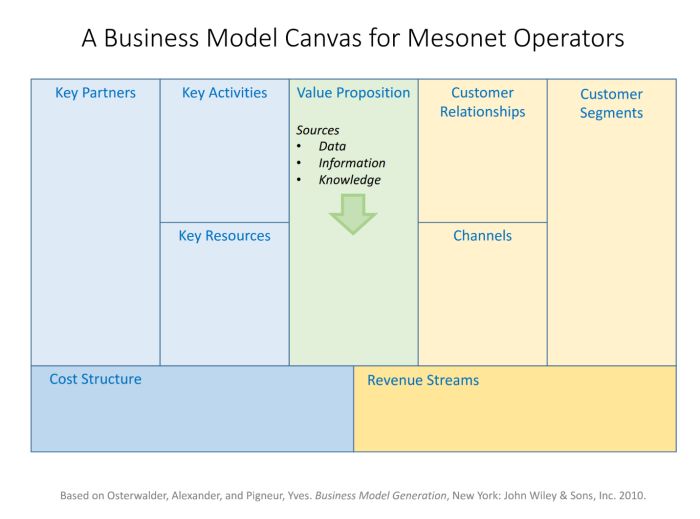Funding Your Mesonet
When it comes to planning for your mesonet, it is important to consider how much it will cost to do the following:
- Acquire the necessary equipment and other resources.
- Make your mesonet fully operational.
- Maintain your mesonet for its anticipated lifespan.
The issue of mesonet cost is closely tied to the issue of funding for your mesonet. You will need to identify appropriate funding resources and acquire financial commitments from them.
Note: Dr. Jerald Brotzge, Program Manager of the New York State Mesonet, provided significant assistance with the information conveyed in this section.

Planning a Budget for Your Mesonet
When you develop your mesonet from the ground up, planning a realistic budget is a critical step. In some instances, you may have a total cost figure from which you design your mesonet to fit your budget. In other instances, you may begin with a specific problem or idea and then develop a budget to meet the need.
Ultimately, your budget planning will be the major determining factor in how well your mesonet network performs and will be crucial to its long-term sustainability. To be successful, your budget planning should include both the startup cost and the cost to continue the operation and maintenance of the mesonet.
Startup cost
Resources: For more information about important considerations that affect your startup cost, review the following sections: Network Design, Station Design, IT and Data Management, and Staffing.
The overall design of your mesonet requires answering some major infrastructure questions that will drive the overall costs of installation and long-term maintenance. Carefully consider your answers to these questions:
- How many station sites will be included?
- Which measurement parameters will be measured?
- What type of mast will you use, and how tall will it be?
- How will you provide ample, continuous power to your network of stations?
- How will your stations transmit data?
There are also some important questions related to the equipment components of your stations that should be considered, as they affect your budget:
- Will you use multiparameter sensors or individual sensors to measure each parameter?
- Will you purchase all your sensors from a single vendor or multiple vendors?
- What level of sensor quality is acceptable for your mesonet needs?
- How will the quality of your sensors affect their lifetime expected field performance, as well as operation and maintenance costs?
You’ll also need to consider your staffing needs in relation to the size of your mesonet and your budget. You may discover that staffing constitutes a large portion of both your startup cost and your annual operation and maintenance cost. Review your answers to these questions:
- What are the expectations for handling both routine and non-routine maintenance issues?
- What are the expectations for providing deliverables (such as uninterrupted data access) to your stakeholders?
- What are the expectations for providing outreach educational opportunities?
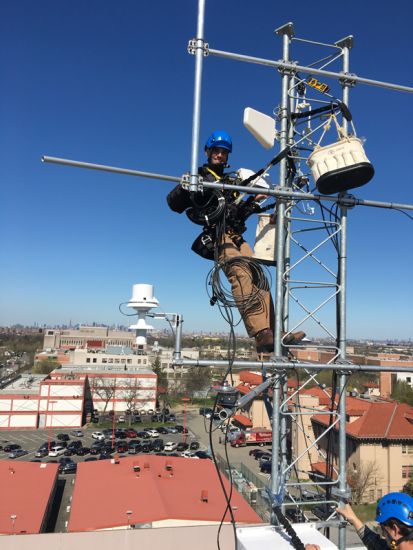
It may be helpful to develop a list of needed staff members to meet your mesonet objectives. Prioritize those positions based on your level of funding. Bear in mind that some of your staff members may be university personnel with dual jobs who are paid by the university, whereas other members of your staff may be dedicated mesonet employees paid under mesonet-related funding.
There are a surprising number of expenses that might fall into the miscellaneous category. These expenses can add significant cost to your mesonet budget. When planning your budget, remember to include items such as these:
- Vehicles and their operational costs (such as gasoline) for field technicians
- Insurance
- Climbing gear
- Space rental
- Office supplies
- Phone charges
- Software packages and fees
- University overhead (if applicable)
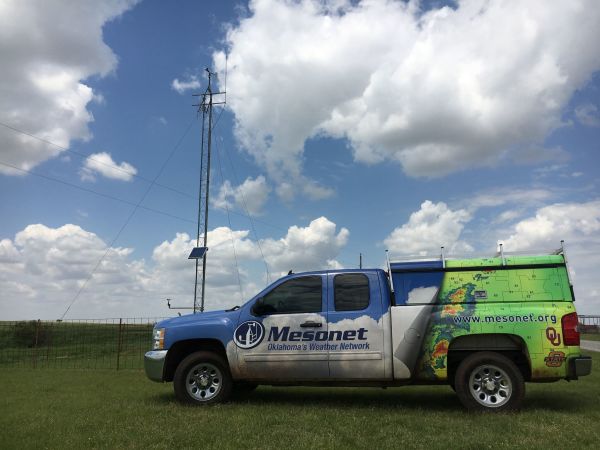
Annual operation and maintenance (O&M) costs
Resource: For more information about important considerations that affect your O&M costs, review the Operation and Maintenance section.
Budgeting for O&M expenses involves educated guesswork, as you can't foresee unexpected, non-routine expenses. There are, however, some guidelines for estimating the routine expenses. For example, one guideline is that your annual sensor replacement costs will be approximately 10 percent of your initial deployment cost. Another guideline is to assume an annual 15 percent replacement rate for your hardware expenses.
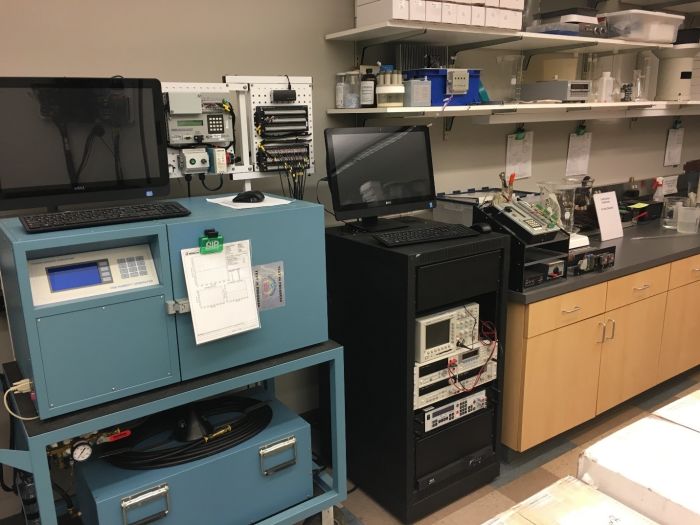
In addition, consider your sensor repair and calibration costs. If you choose to do some or all your calibration in-house, carefully consider the staffing and hardware needed to set up and operate your own calibration facility.
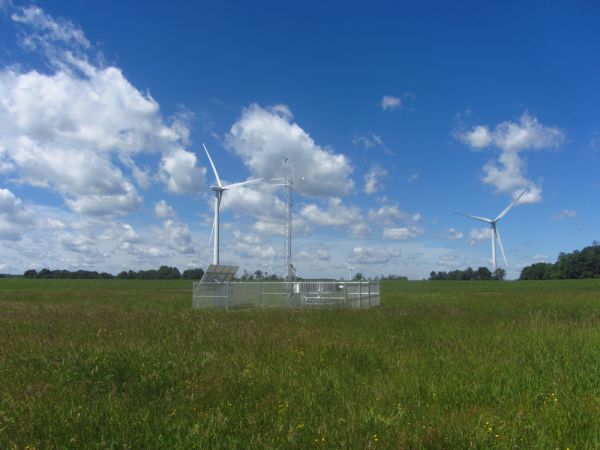
Tips for budget planning
The following are some tips for planning your mesonet budget:
- Develop multiple external collaborations prior to (and during) the budgeting process. For example, the Oklahoma Mesonet gained crucial state support partly because of its dual university approach: the University of Oklahoma and Oklahoma State University jointly operate the Oklahoma Mesonet. Many states partner with their agricultural sector. Consider partnering with state agriculture, education, emergency management, transportation, and utility sectors during the early stages of budget planning. They may be able to help offset some costs.
- Keep it simple. The more complex your network of weather stations, the higher the O&M costs. Remember that every station site and sensor you add will incur long-term expenditures for repairs and calibrations.
- Include plenty of extra hardware funds for wiring, bolts, and tools. These often-considered minor items can add up to a significant cost.
- Consider the use of contractors. You may need a relatively large staff during the initial deployment, and outside contractors may be a relatively affordable option to consider.
- Think local. The Kentucky Mesonet, for example, encouraged local communities to pay for site fencing. This activity raised awareness of the mesonet and encouraged a strong sense of local ownership of each station.
- Leverage existing resources. When you are evaluating your staffing needs, consider the use of part-time positions and interns. Integrating students into operations is an excellent hands-on experience for the students, and it provides a fresh source of enthusiasm for the team.
- Plan for the unexpected. It may be wise to double the amount you think you need to cover unforeseen costs and the replacement of equipment. Always overestimate your expected costs.
- Be honest. Mesonets are expensive to deploy and require many staff hours to install and maintain. Be sure to include all the resources that you will need, or scale back the initial network of weather stations until more funds become available.
Securing Funding for Your Mesonet
Funding is needed not only for the initial deployment of your mesonet, but also for the long term to cover daily operation and maintenance (O&M) costs. Mesonet operators may find it more challenging to obtain adequate O&M funding as compared with obtaining startup funding.
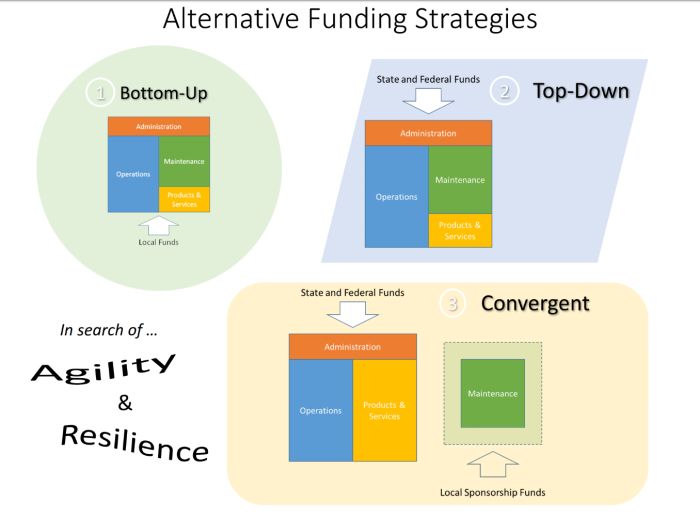
Click the illustration for a larger image.
(Image from Stuart Foster, "Mesonets in the Midwest Region," NIDIS Regional Workshop Series, November 7-10 and December 5-8, 2016.)
Tips for identifying funding opportunities
- For the initial deployment costs, research available funding opportunities from federal grants, state grants, and private funding.
- For the O&M costs, research available funding opportunities from federal grants, state grants, the local or private sector, and public or private partnerships.
- Be sure to have a solid long-term funding plan in place before installing your network of mesonet stations. It is much easier to obtain funding for new programs than it is to receive ongoing O&M funds for existing projects.
- Early on, it is important to build local relationships with those who may benefit the most from your network. Identify the stakeholders who may receive the greatest benefit from your deliverables, such as data products.
- Contact the National Weather Service, which may be a helpful resource and partner.
- Consider researchers at state universities and non-profit organizations.
- Contact officials at primary, middle, and high schools; colleges; and universities. In particular, focus on educational institutions located near station sites. Also, consider schools when searching for station site hosts. Teachers and students may be able to use your data in ways you had not considered.
- Make inquiries with utility, emergency management, and transportation agencies, as well as related consortiums. Oftentimes, these agencies are searching for more sources of weather information and would welcome your partnership.
- Research local weather-related businesses. For example, forensic meteorologists often need local weather information.
- As appropriate, develop relationships with politicians at the local, state, and federal levels.
- Develop contacts with local media. Local news stations can spend a considerable sum on their weather departments and may welcome a partnership with regional mesonets that provide local, real-time weather. Also, the news departments are often looking for good weather-related science stories. This may provide a win-win partnership.
- Document examples of how your mesonet saves money. With just a few key examples, you may be able to show how your network pays for itself many times over.
- Nurture external collaborations. External partners may be an excellent source of new ideas for generating products, research, and development. Consider the academic, government, and private sectors.
- Be creative. There’s no limit to what can be done to raise funds. For example, the South Dakota Mesonet provides web page space for sponsors of station sites.
Obligations for continued funding
Because mesonets are funded by a variety of sources, each funding source may have a different set of obligations that need to be satisfied. That being said, most mesonets have an obligation to report real-time data, and the availability and access to that data stream are critical for many sectors, including agriculture, energy, emergency management, and transportation. Indeed, any downtime in the distribution of your deliverables could have serious consequences for these stakeholders. Adequate site communications and processing are key to maintaining a real-time data feed.
Similarly, maintaining a high-quality network of weather stations can be critical for other sectors. Regular maintenance and calibration are key for maintaining quality mesonet equipment for quality data acquisition, which is important for research and some partnering sectors. For example, forensic meteorologists require a high-quality standard for presenting their data in court.
Changes to Your Mesonet Funding
If you would like to continue your mesonet operations but are unable to procure short-term funds, explore multiple funding options through academic, government, and private-sector channels.
It is not uncommon for some mesonets to be abandoned, fall into disrepair, or both. Nevertheless, the station equipment can still be valuable and adopted for use by others. If one or more of your station sites is being decommissioned, consider alerting your stakeholders of your plans. There may be a stakeholder who is interested in taking over the operation of those stations. In addition, schools or local media may have an interest in adopting one or more stations.
